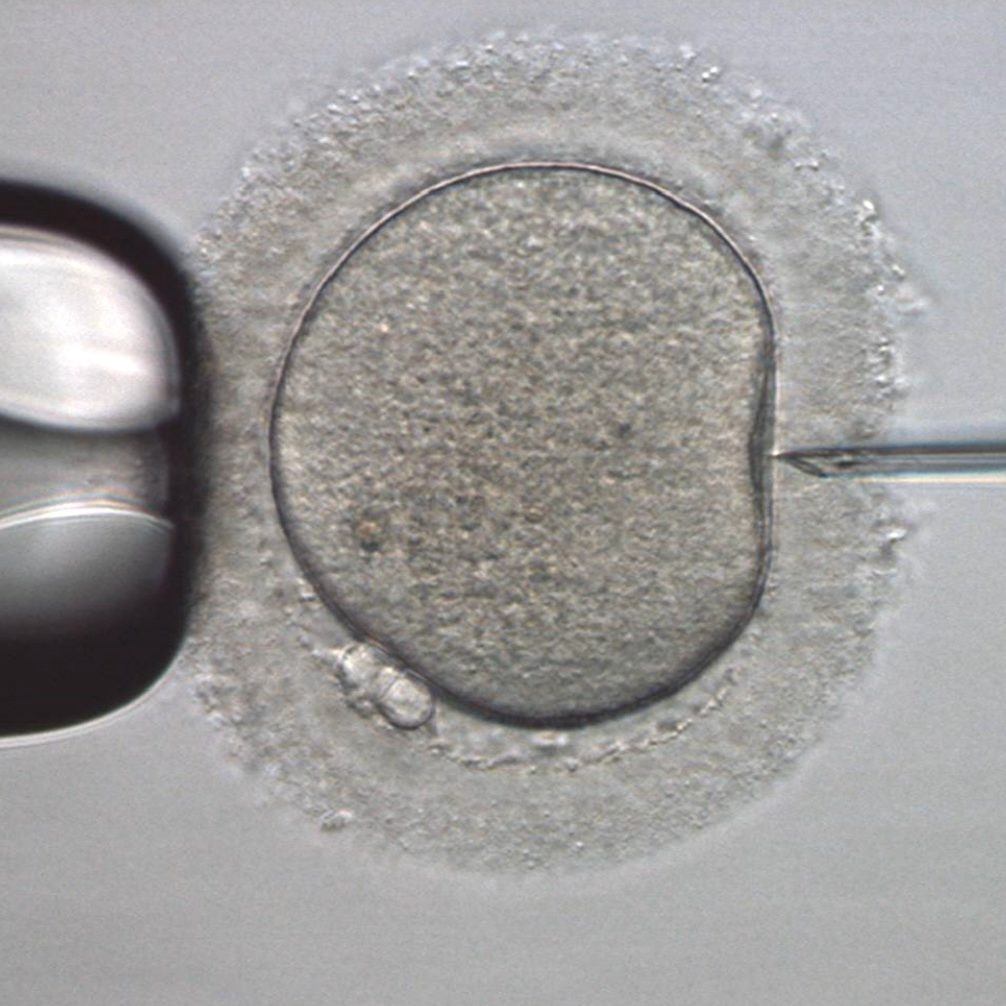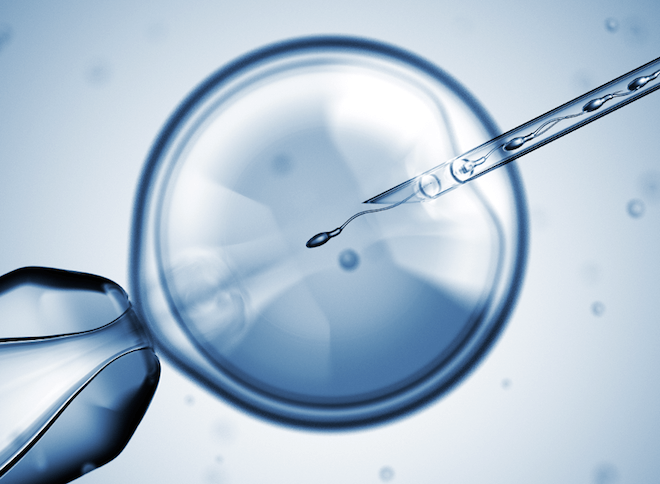
ICSI IVF Treatment in Ahmedabad
ICSI
Definition Of ICSI
Using micromanipulation technology, ICSI allows fertility specialists to fertilize an egg using just one sperm. While it is preferred to use sperm from a semen sample, specialists can retrieve sperm from the testicles if it is necessary. This process bypasses the conventional IVF methods of fertilization, thereby ensuring that fertilization has taken place. The fertilized eggs are then left to culture for a few days before being transferred back to the woman’s uterus. ICSI is always used alongside IVF.
A procedure where the embryologist directly injects a single sperm into the egg, causing fertilization. This may be helpful in cases where there is poor quality sperm from the male partner, or where there is an issue with the egg where fertilization can’t occur due to changes in the membranes surrounding the egg. ICSI is an acronym for intracytoplasmic sperm injection. IVF with ICSI involves the use of specialized micromanipulation tools and equipment and inverted microscopes that enable embryologists to select and then pick up individual sperms in a tiny specially designed hollow ICSI needle. Then the needle is carefully advanced through the outer shell of the egg and egg membrane and the sperm is then injected into the inner part (cytoplasm) of the egg. This will usually result in normal fertilization in approximately 70-85% of eggs injected with viable sperm. First, the woman must be stimulated with medications and have an egg retrieval procedure so that we can obtain several eggs in order to attempt in vitro fertilization and ICSI.


Indications for ICSI
- Couples who have had unexplained fertilization failure in a previous IVF cycle.
- Decreased sperm concentration, providing enough viable sperm can be recovered for injection of eggs.
- Decreased sperm motility, including totally immotile sperm (e.g. Kartagener’s syndrome), providing sperm are viable.
- Unusually high percentage of morphologically abnormal sperm, including round- headed sperm (globoazoospermia).
- Complete absence of sperm in the ejaculate due to an obstruction (obstructive azoospermia) caused by conditions such as congenital absence of the vas deferens (CAVD), post- inflammatory obstruction of the epididymis or vas and failed vasectomy reversal. Testicular sperm extraction (TESE) is used to retrieve sperm for ICSI.
- Complete absence of sperm in the ejaculate due to defective sperm production (non- obstructive azoospermia). Patients who have normal sperm formation in at least some areas of the testis (identified by testicular biopsy), providing enough viable sperm can be retrieved with TESE.
- Ejaculatory dysfunction caused by retrograde ejaculation (enough sperm are usually recovered from the urine) or paraplegia (electroejaculation or TESE). Immunological factors; antisperm antibodies in female sera, follicular fluid or on sperm caused by vasectomy or genital tract infection.
- Testicular cancer patients with semen samples frozen prior to treatment.
- In vitro matured eggs.
- Vitrified warmed oocytes.
- Planning for embryo biopsy for PGS/PGD in case of couple with genetic disorder.
- Serodiscordant couples – HIV, HBSAG, HCV.
How is ICSI performed
- The mature egg is held with a specialized holding pipette.
- A very delicate, sharp and hollow needle is used to immobilize and pick up a single sperm.
- This needle is then carefully inserted through the zona (shell of egg) and in to the cytoplasm of the egg.
- The sperm is injected in to the cytoplasm and the needle carefully removed.
- The eggs are checked the next morning for evidence of normal fertilization

